Motorola SLR 1000 Digital Repeater MDR11SDGANQ1AN
Key Features
✓ UHF, 400-527 MHz
✓ 64 Channels
✓ 1-10 W RF Output Power
✓ Weight: 4.54 kg (10 lbs)
✓ IP65 Rated
✓ Can be mounted on walls or poles
✓ Small & Compact

Product Description
The SLR 1000 is small and compact in size and is designed for indoor or outdoor use with an IP65 rating. The repeater is easy to install and can expand with your customers’ system, with operation in Analogue modes through to digital and all the way up to Capacity Max. The product is particularly versatile for expanding into or covering remote locations or for use at temporary events or geographically moving projects.
• UHF, 400-527 MHz
• 64 Channels
• Channel Spacing: 12.5 / 20 / 25 kHz 1-10 W RF
• Output Power Dimensions (H x W x D): 279.4 x 228.6 x 101.6 mm (11 x 9 x 4 in)
• Weight: 4.54 kg (10 lbs) Operating Temp: -30 to +60 °C (-22 to +140 °F)
• IP65 – can be deployed inside & outside Can be mounted on walls or poles,
offering greater flexibility
• No HVAC required
• Weatherised Ethernet,
• DC power, and
• RJ45 AUX connectors Modes of Operation: Half Duplex / Duplex
• Supported System Types: Digital Conventional, IP Site Connect, Capacity Plus, Capacity Max, Connect Plus.
• Analogue Conventional, Digital Voting, MPT 1327.
Small & Compact,
• Fanless design – offering less components & no noise, easy installation, less power consumption.
Additional Information
Features
Protected For Your Environment
Improve your coverage in the way that works best for you. With an IP65 rating for water and dust protection along with a fanless design, you can deploy indoors or outside without worry.
Cost-effective Coverage
Increasing your coverage doesn’t have to mean increasing your cost of ownership. The SLR 1000 features a low power, fanless, space-saving design that reduces energy and potential installation costs.
Deploy In More Places
Easily mount the SLR 1000 on walls or poles, and take advantage of additional locations to improve coverage. Plus, its compact, fanless design means fewer HVAC planning headaches and with more deployment options.
Grows With You
The SLR 1000 works with both conventional and trunking systems that support voice and data, so you can continue to use it as you expand your network. For conventional systems, deploy the SLR 1000 with Extended Range Direct Mode, and expand your range without having to purchase additional frequencies.
Radio Licensing Information
Radio licensing: A guide to licensed and licence-free radios
What is a radio licence and do I need one?
There are two types of two-way radios, licensed radios and licence-free radios (PMR446).
Licensed radios require a dedicated frequency which ensures that only those on that frequency can hear transmissions. In order to access a dedicated frequency, a radio licence granted by Comreg is required by law. Licences are based on the quantity of equipment to be licensed.
The cost is €22 per piece of equipment plus a fixed charge of €22 for the duration of the licence. (e.g. 4 walkie talkies + 2 radio mics = 6 units +1 Fixed Charge = 7 x €22 = €154).
Licence-free radios (also called PMR446 radios) operate on the PMR446 radio frequency, they can be used by anyone within the UK and EU and as the title suggests they need no radio licence.
Licensed radios

Licensed radios are usually more expensive than licence-free models, but have a larger power output (of up to 5 watts for handheld radios) and so offer increased range and coverage.
For example a primary school would typically find coverage on licence-free equipment sufficient whereas licenced equipment would be better suited to a secondary school, college or university.
In addition, a licence will offer increased security of transmissions through better monitoring of frequencies, especially if the licence is specific to your site.
Licenced radios are generally more robust, with clearer audio quality and the conversation more secure. Licensed radios also offer much more functionality than license-free radios, you can make group calls, send text messages and dial up individual users.
More about your Comreg licence
In order to obtain your licence, an application to Comreg has to be made. We are more than happy to apply on your behalf and offer a managed service in order to maintain your Comreg licence throughout your radio project. Or if you wish to make an application yourself, please feel free to ask us any questions along the way as we have vast experience in completing these forms and can go through it with you over the telephone. The application process is usually complete within 10-15 working days.
You can find out more by going to: https://www.comreg.ie/industry/radio-spectrum/licensing/search-licence-type/business-radio/
Licence-free radios

Non licensed radios are a cheaper alternative to licensed radios and can only have a power output of 0.5 watts giving them a fairly small range.
Licence-free radios can be used in the work place and for personal use, ideally where minimal coverage is needed, within small buildings where users are communicating in a close range.
Examples where these radios can be used effectively include smaller schools and construction sites, warehouses, hospitality venues and independent retail businesses.
For leisure they can be ideal for communicating between friends and family while camping and skiing, or if you are at a leisure park or hiking.
All PMR446 radios use the same eight channels. If there are a high number of users in a given area (cities and other built up areas) frequencies become extremely congested leading to interference on the channels, although usually there are multiple channels to select in order to find a clearer channel.
Be the first to review “Motorola SLR 1000 Digital Repeater MDR11SDGANQ1AN” Cancel reply
Related products
Motorola Base Station / Vehicle Radios
Motorola Base Station / Vehicle Radios
Motorola Digital Radios
Motorola Digital Radios
Motorola Analogue Radios
Motorola DP1400 Portable Two Way Radio **Analogue Version** MDH01QDC9JC2AN
Licenced Radios - Featured
Licenced Radios - Featured
Motorola Digital Radios
Motorola SL2600 Portable Digital Two Way Radio MDH88JCD9SA2AN
Motorola Digital Radios
Motorola DP3661e Portable Digital Two Way Radio MDH69RDQ9RA1AN
Motorola Base Station / Vehicle Radios

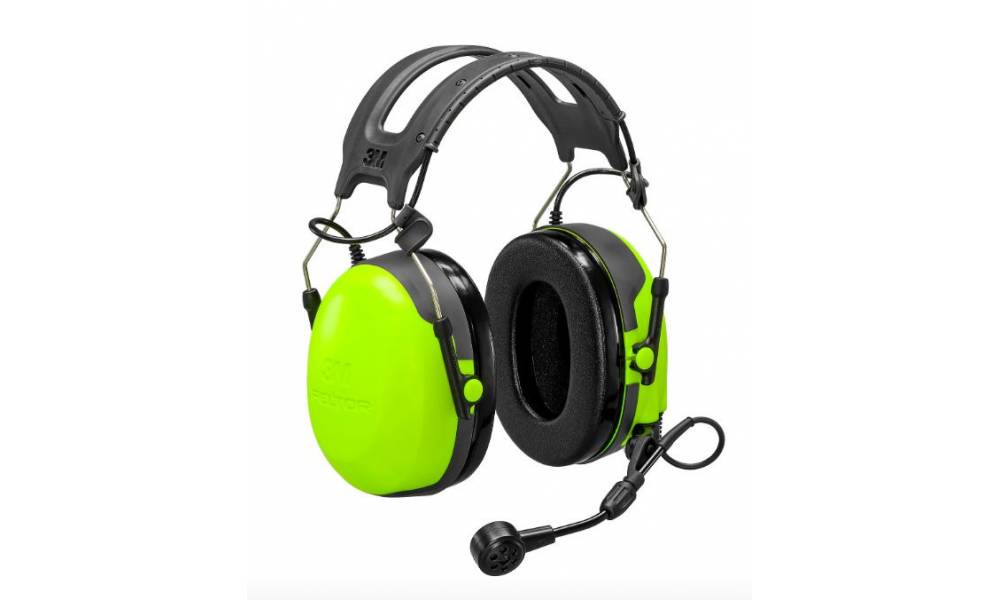


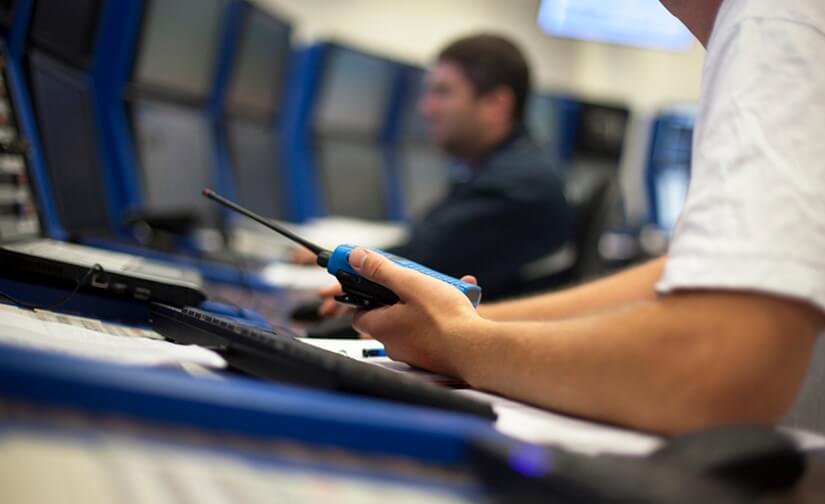

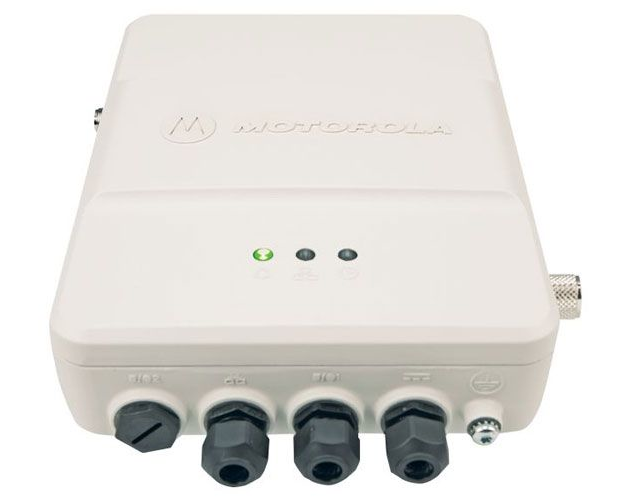




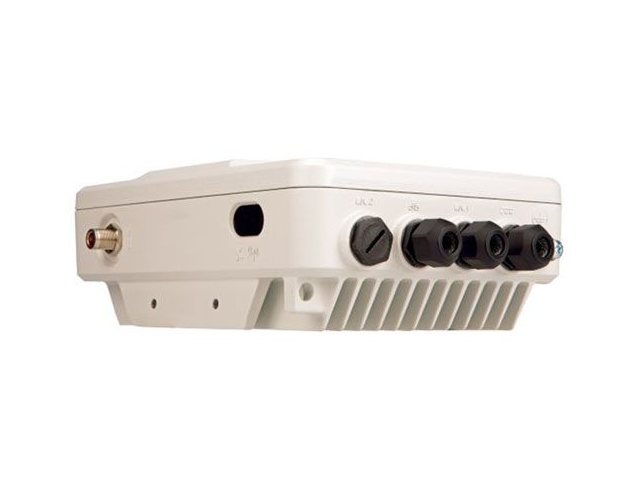

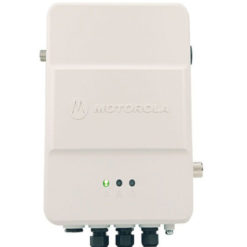











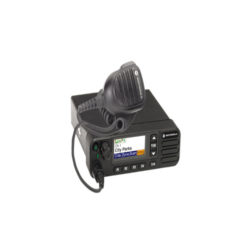

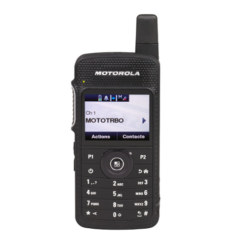

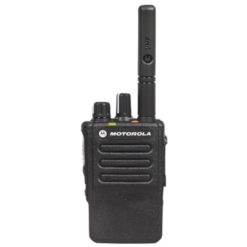

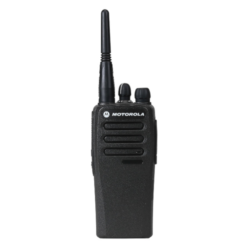

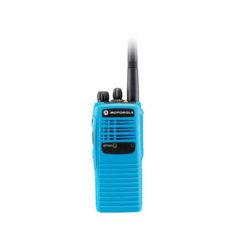

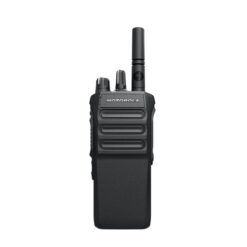



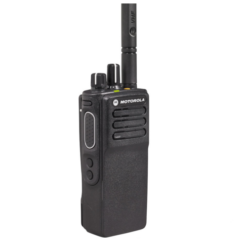







Reviews
There are no reviews yet.